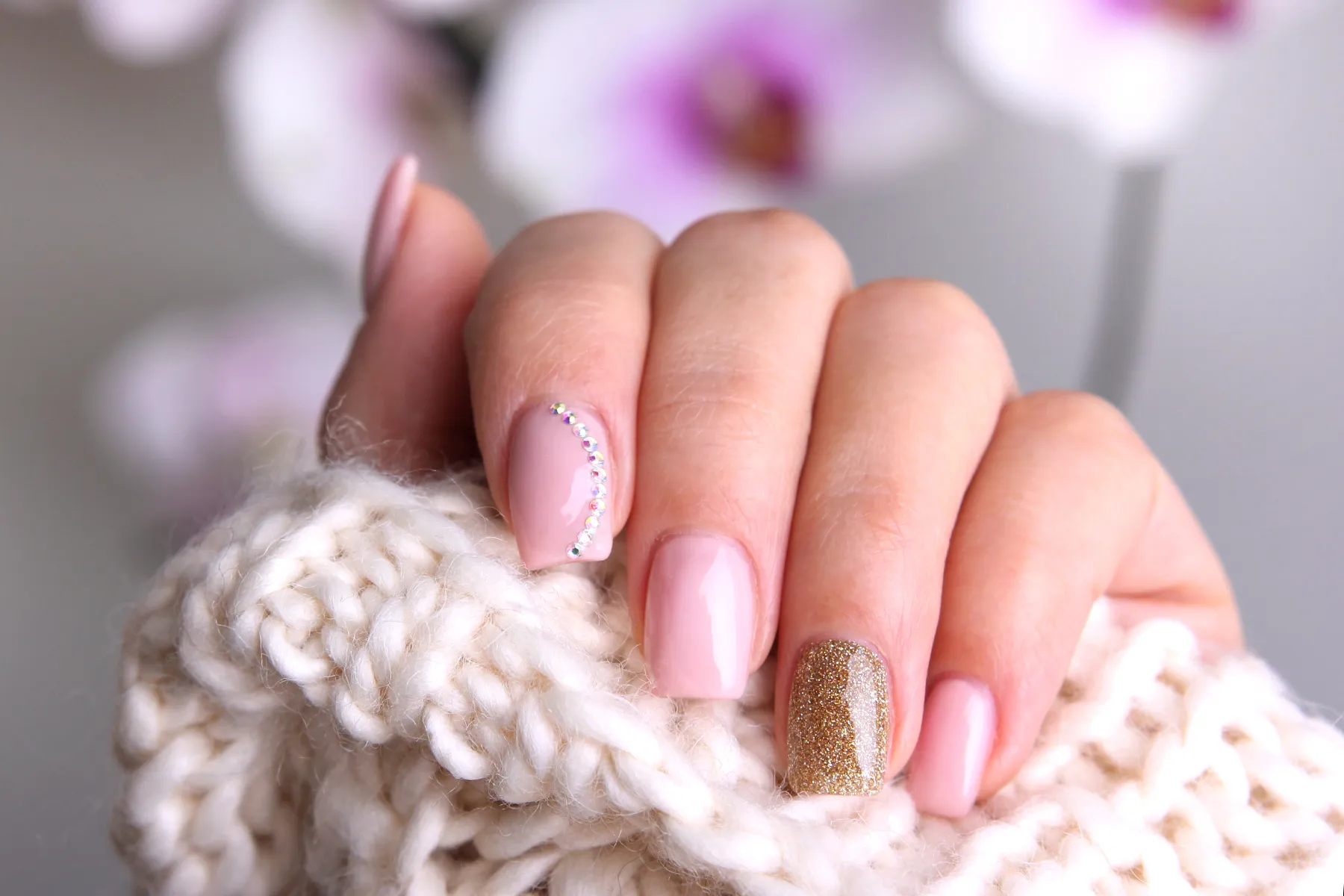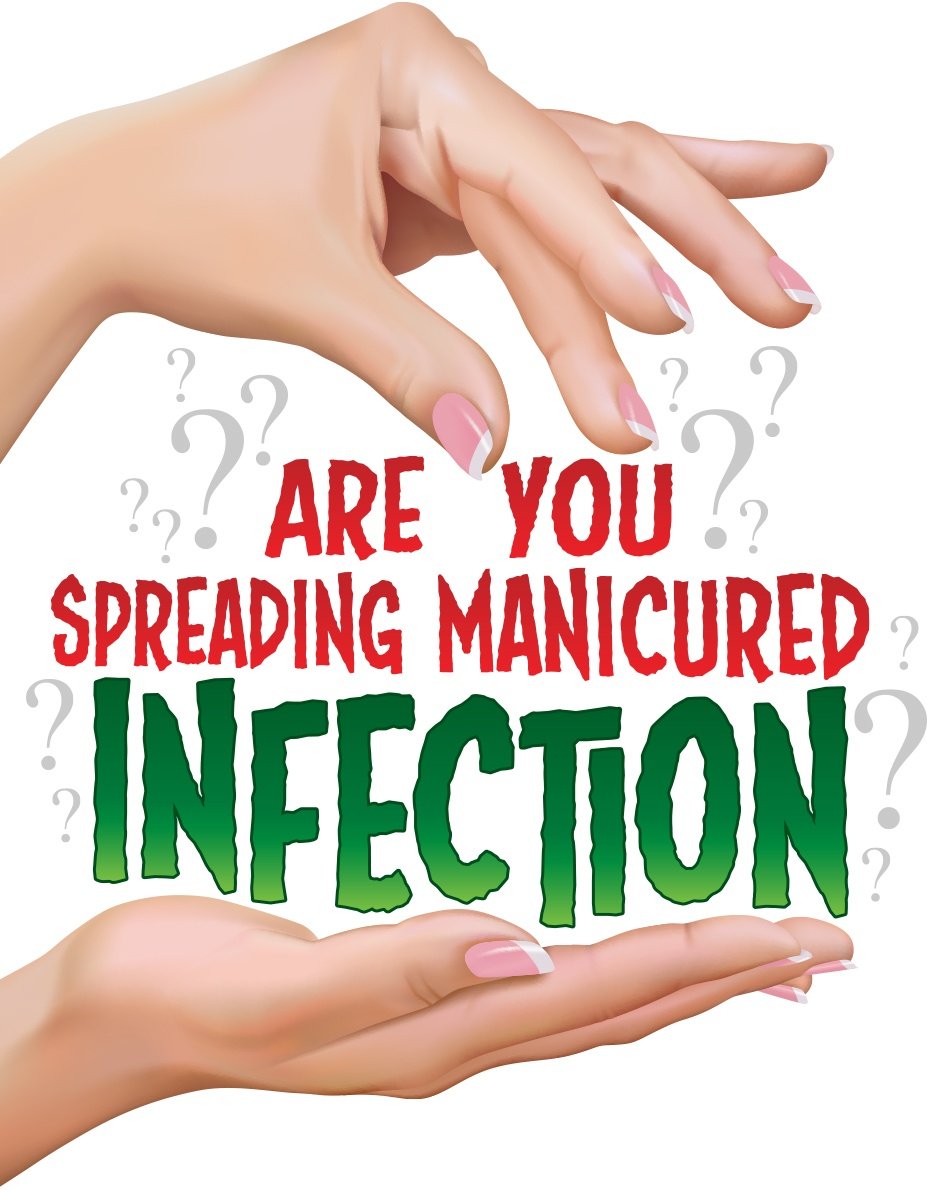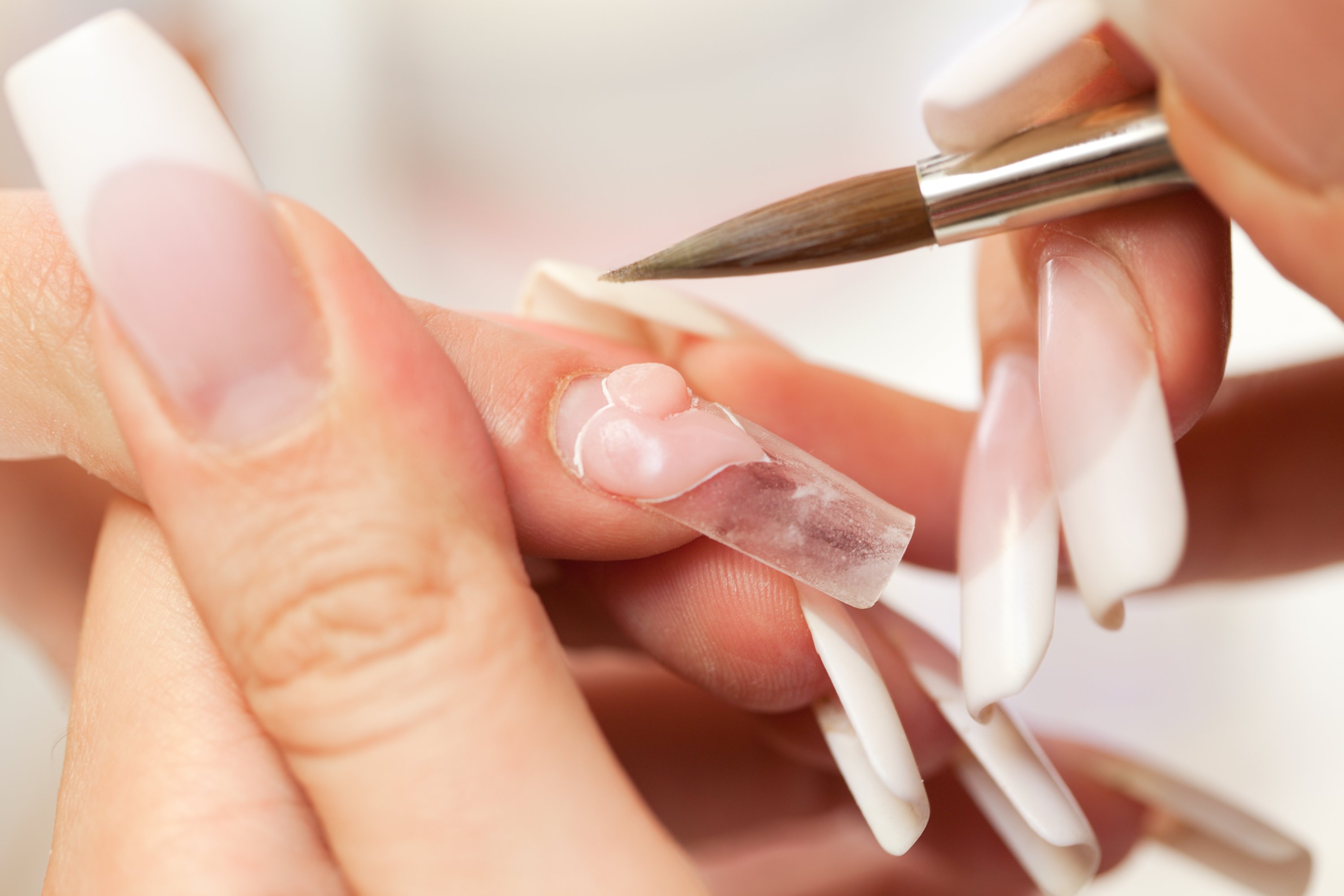Acrylic Nails And Infection Control

Remember all chemicals if not handled correctly can pose a health risk.
Acrylic nails and infection control. Evaluation of the bacterial burden of gel nails standard nail polish and natural nails on the hands of health care workers. One important piece of. 4 Fungus and.
JCAHO Recommendations One of the Joint Commission on Accreditation of Healthcare Organizations JCAHO 2007 National Patient Safety Goals NPSG revisits the importance of hand hygiene and artificial nails6 NPSG 7 reads as follows. There is debate whether artificial nails are putting patients at risk of nosocomial infections. Risks of infection in healthcare settings due to artificial nails In health care it is often discussed whether artificial or polished nails are a threat to hygienic.
Two studies add to the evidence that health care personnel who wear artificial acrylic fingernails to work may jeopardize patient safety. When you notice one of your acrylic nail lifting or is not fitted well then you must glue it back immediately in order to prevent it from moisture. So always take a glue-stick with you in your handbag.
Staph and yeast both cause infections ranging from inflammation to blood poisoning. Acrylic nails harbor more bacteria than natural nails and wear is not recommended for health care workers HCWs. Goal 7 Reduce the risk of health care-associated.
Methacrylates can trigger asthma and high concentrations may cause central nervous system depression. Or yeast under their nails compared with 35 of a control group of HCWs without artificial nails. Researchers have shown that the colony counts on artificial nails are greater than th.
Wear protective gloves and change these after each. Avoid biting or chewing nails. Avoid cutting cuticles as they act as barriers to prevent infection.








